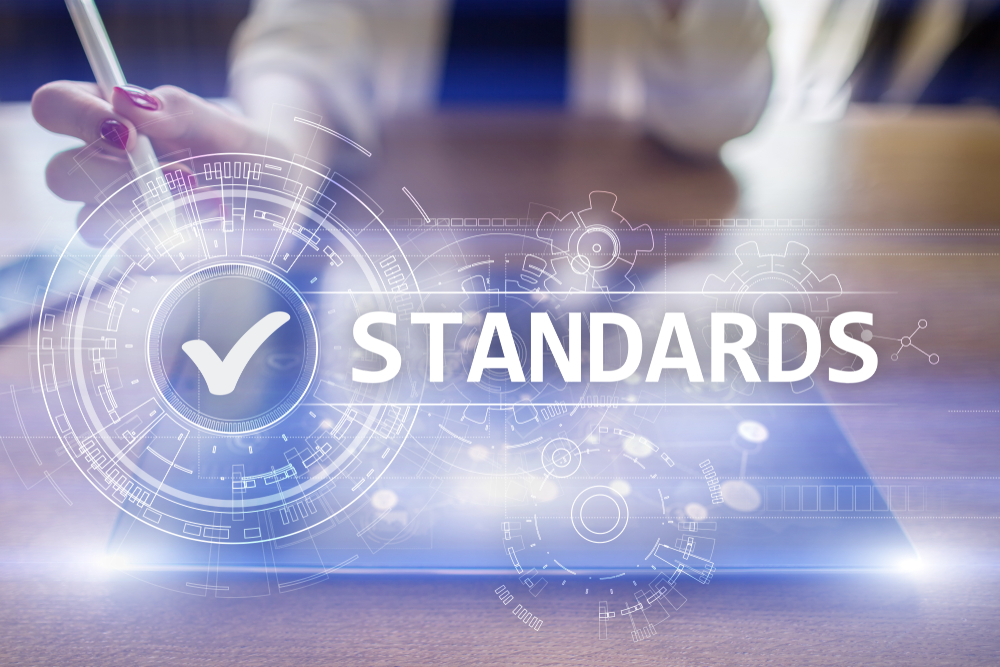IES and IUVA Collaborate on UV-C Disinfection standards

The Illuminating Engineering Society and the International Ultraviolet Association have partnered to assemble experts in the measurement of ultraviolet C-band emissions (UV-C) to develop American National Standards for the measurement and characterisation of UV-C device performance.
UV-C devices for healthcare and personal care have proliferated in recent years, particularly during the COVID-19 pandemic, despite the absence of standards to enable accurate measurements and comparisons of the products. Through this partnership IES and IUVA aim to cooperatively promote awareness of and improve the application of ultraviolet “disinfection” technology in the healthcare system, initially through the development of standardised methods of measurement of ultraviolet “disinfection” products including UV lamps, luminaires and lighting/radiating systems, utilising both discharge (e.g. low-pressure mercury and xenon) and solid-state (e.g. light-emitting diode) technologies.
Annually 99,000 people are estimated to die from healthcare-associated infections (HAIs) in the United States alone, more than 11 people per hour. HAIs are also estimated to result in $10B in direct medical costs annually and up to $147B in total societal costs. UV-C emissions are known to cause photochemical damage to nucleic acids and proteins, inactivating and thus rendering pathogens incapable of reproducing. UV-C disinfection devices are therefore useful in healthcare settings to reduce patient and healthcare worker exposure to these pathogens when combined with standard cleaning strategies. To enable broader UV-C adoption, healthcare administrators need credible and comparable product performance data to inform investments for both new construction and retrofits.
A series of American National Standards (ANSI standards) are envisioned, beginning with two slated for publication by year’s end. The first standard, Approved Method for Electrical and Ultraviolet Measurement of Discharge Sources, will detail laboratory procedures for the measurement and characterisation of low-pressure mercury and other discharge sources. The second, Approved Method for Electrical and Ultraviolet Measurement of Solid-State Sources, will do the same for UV-LED components.
IES director of standards and research Brian Liebel said: “The Illuminating Engineering Society is dedicated to developing standards and providing educational content on UV-C to help reduce the number of healthcare-associated infections and the transmission of pathogens, such as the SARS-CoV-2 virus. Working with the International Ultraviolet Association, we feel confident that our organisations can effectively deliver much-needed measurement and testing standards to evaluate new products as they come to market.”
“IUVA, through its Healthcare/UV Working Group, has been working on developing industry consensus-based standards for UV disinfection since 2018. Establishing this partnership with IES is a key component of making that happen,” said Troy Cowan, the IUVA Working Group’s Coordinator. “We needed representation of the entire lighting sector to build industry-consensus, and IES delivers that. Thanks to IES’ and IUVA’s collaborative efforts, these new ANSI standards will eliminate much of the ambiguity and uncertainty in UV output measurement. This will improve accuracy and quality, and give the healthcare industry a credible basis for assessing output of UV disinfection devices for the first time.”


































